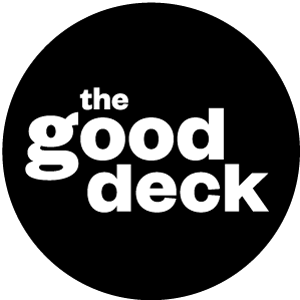Finding inspiration is the first step to unlocking your creative potential. However, it's not enough to simply stumble upon something inspiring; you need to know how to harness that inspiration and turn it into fresh ideas. Here's a step-by-step guide to help you do just that:
Step 1: Focus on the Details
When you come across something that sparks your inspiration, don't rush past it. Take a moment to truly engage with it. Here's how:
Cropping and Editing: If it's an image or visual, crop it or edit it to focus on the specific elements that resonate with you. This step helps you zoom in on what's truly inspiring.
Play with Colors: If color schemes or palettes are what capture your attention, experiment with these colors in your creative work. How do they make you feel? How can you use them to evoke emotions in your audience?
Zoom In: Dive deep into the finer details. Analyze the textures, patterns, or shapes that stand out to you. Understanding what draws you in can guide your creative process.
Alignment with Goals: Always keep in mind your project's intended outcomes or your target audience. Ask yourself how these details align with your goals. Does this inspiration help you meet the needs and expectations of your audience? This keeps you focused and prevents you from being distracted by shiny but irrelevant ideas.
Step 2: Draw Meaningful Connections
Now that you've dissected your inspiration, it's time to connect it to your project. Here's how:
Conceptual Connections: Consider how the specific elements you've collected connect to your project's broader goals. For example, if your inspiration is organic and full of movement, think about how this relates to your project's objectives. Does it call for something transformative, innovative, or dynamic?
Keywords and Phrases: Write down relevant keywords and phrases that describe these connections. These will serve as your guiding principles as you move forward. In our previous example, "transformative" might be one of your keywords.
Step 3: Build Your Design Foundation
With your edited visuals and the refined set of keywords and phrases, it's time to lay the groundwork for your creative concept:
Mood Board or Inspiration Board: Assemble your edited visuals, keywords, and phrases into a formal mood board or inspiration board. This visual representation will help you stay focused and provide a clear direction for your creative project.
Thinking Beyond Form: Don't limit yourself to visual elements only. If one of your keywords is "transformative," consider how you can express transformation in other aspects of your project, such as storytelling, user experience, or functionality.
Step 4: Seek Diverse Inspiration Sources
To keep your ideas fresh and exciting, it's essential to explore a variety of inspiration sources:
Creativity Walkabouts: Take a creative stroll through different environments. Observe the world around you, explore art galleries, visit museums, or simply wander through nature. Inspiration can be found everywhere, and diverse experiences can lead to unique ideas.
Scavenger Hunts: Set specific goals for your inspiration gathering. For example, challenge yourself to find inspiration related to a theme or concept. This structured approach can yield unexpected and creative results.
Remember that creativity is a journey, and it's okay to experiment and iterate as you go along. The key is to remain open to new ideas and experiences, and to use your refined inspiration to guide your creative process. With practice, you'll find that generating fresh and innovative ideas becomes more natural.

